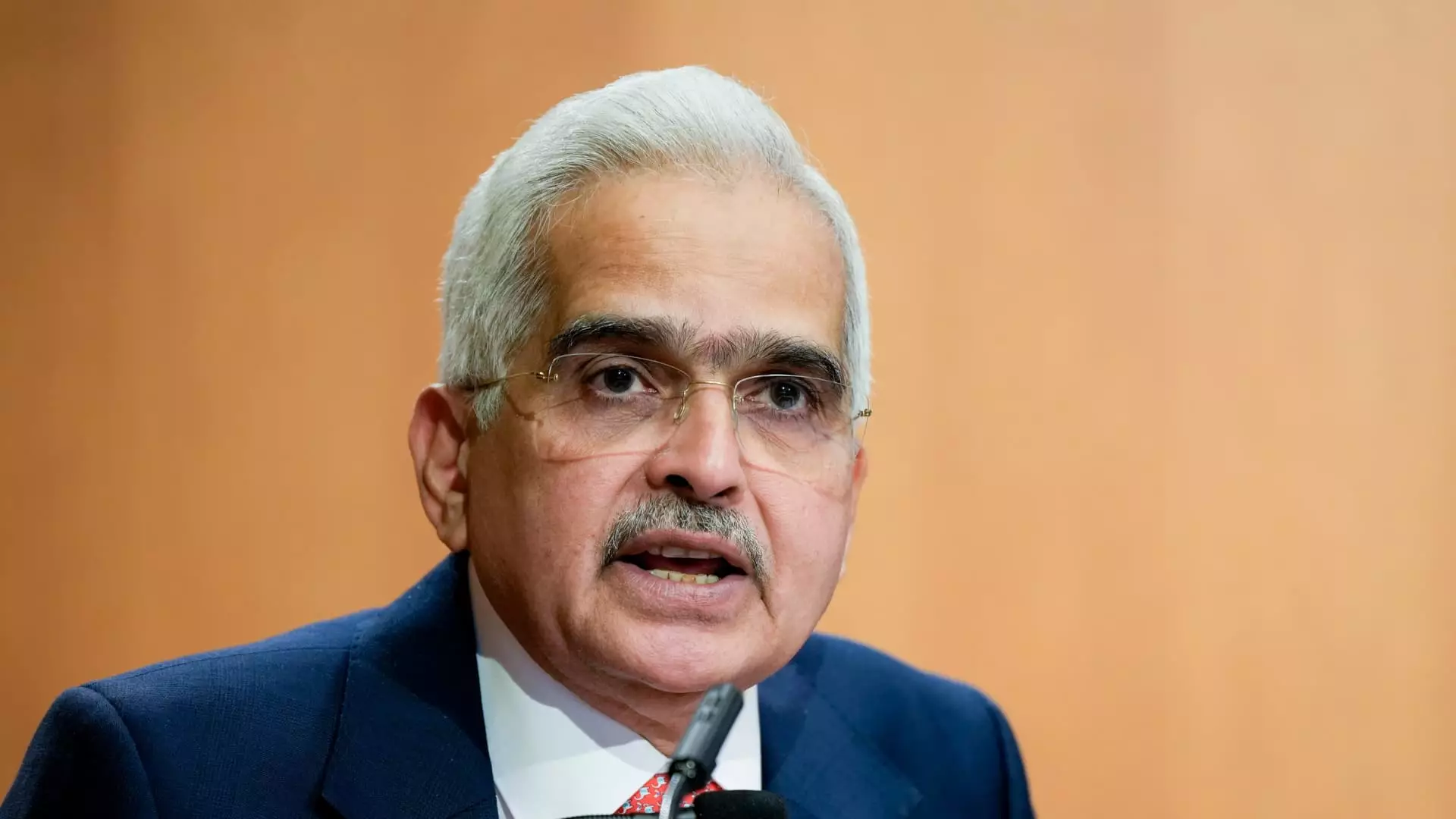The role of central banks in maintaining economic stability has never been more critical than it is today, marked by profound geopolitical events and volatile markets. In a recent address at the CNBC-TV18 Global Leadership Summit in Mumbai, Shaktikanta Das, the Governor of the Reserve Bank of India (RBI), articulated the challenges and successes central banks face in navigating these unprecedented times. Despite the backdrop of conflict and volatility, Das asserted that many central banks, including the RBI, have successfully engineered a “soft landing” for their economies. However, this success comes with the caveat of potential returns of inflation and slowed economic growth.
Central banks have had to balance their monetary policy carefully. While the performance of these institutions has been commendable in the face of difficulties, the potential resurgence of inflation presents a continued threat. Das emphasized the importance of vigilance, stating that risks persist even amidst the current stability. As global inflation pressures and economic forecasts trend downwards, the challenges are compounded by oil and commodity price fluctuations, climate change, and increasing geopolitical tensions. These factors form a multi-dimensional threat landscape for policymakers, requiring sophisticated approaches to management.
In his analysis, Das highlighted the puzzling contradictions that are emerging within global financial markets. For instance, the paradox of a strengthening U.S. dollar occurring concurrently with interest rate cuts by the Federal Reserve raises questions about the fundamental dynamics of market behavior. With the U.S. dollar index recently achieving heights last observed in November of the previous year, analysts are scrutinizing the implications for global financial stability.
Additionally, the anticipation surrounding potential economic policies from the Biden administration introduces further layers of complexity. Speculation on the continuation of protectionist trade practices, particularly trade tariffs, could exacerbate inflation, thereby thwarting the Fed’s current easing trajectory. Consistent rate cuts by the Fed could eventually meet roadblocks if inflation surges in response to domestic policy shifts. Therefore, stakeholders are left to navigate these intertwined trends, attempting to discern the path forward amidst ambiguity.
Moreover, Das noted the conflicting trends within the commodities market, where gold and oil prices are exhibiting diverging trajectories despite their historical correlation. This market anomaly suggests deeper complexities at play, meriting further investigation into supply-demand equations and geopolitical influences.
Resilience in Indian Economy Amidst Global Challenges
Shaktikanta Das’s insights extended beyond the global framework, spotlighting India’s unique situation. He painted a picture of an economy poised for resilience despite the challenges that lie ahead. Predictions of a moderating inflation landscape suggest that India’s growth dynamics remain comparatively robust, showcasing an ability to adapt and thrive amid continuous external shocks.
In alignment with Das’s optimism, Union Minister of Commerce Piyush Goyal urged for a more accommodative monetary stance by the RBI. The call for interest rate reductions stems from a shared belief that enhanced liquidity could further stimulate India’s economic growth. India’s standing as one of the world’s fastest-growing economies indicates a significant underlying potential that could be leveraged through strategic monetary policy.
Looking ahead, the future of international economic interactions remains uncertain, characterized by persistent challenges relating to trade agreements, sanctions, and emerging market dynamics. Despite the growing importance of regional trade against a protectionist backdrop, projections for global trade show signs of resilience.
While central banks like the RBI have navigated tumultuous waters successfully, the vigilance required to mitigate the risks of inflation and economic slowdown remains paramount. The interplay between governmental policies, market behavior, and geopolitical developments will continue to shape the global economic landscape. Policymakers must balance their immediate responses with long-term planning to ensure sustained economic stability in a world marked by unpredictability. As nations grapple with these complexities, the conversation around economic strategies and frameworks for resilience will only intensify in the coming years.


Leave a Reply